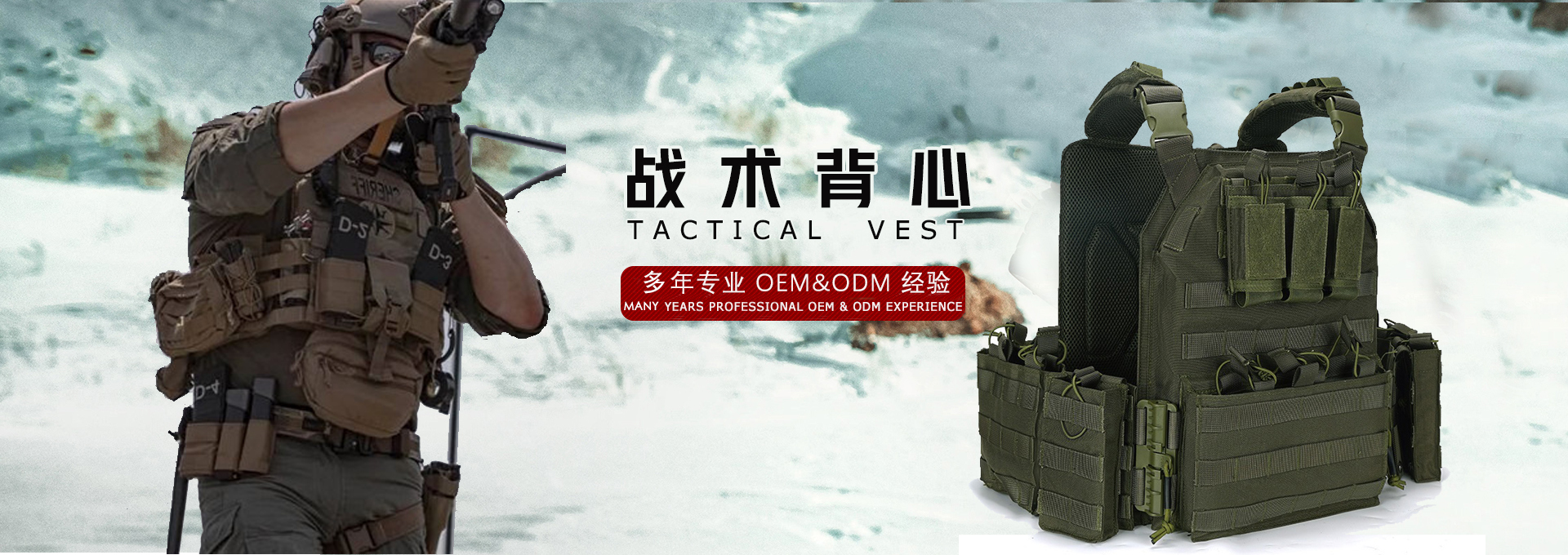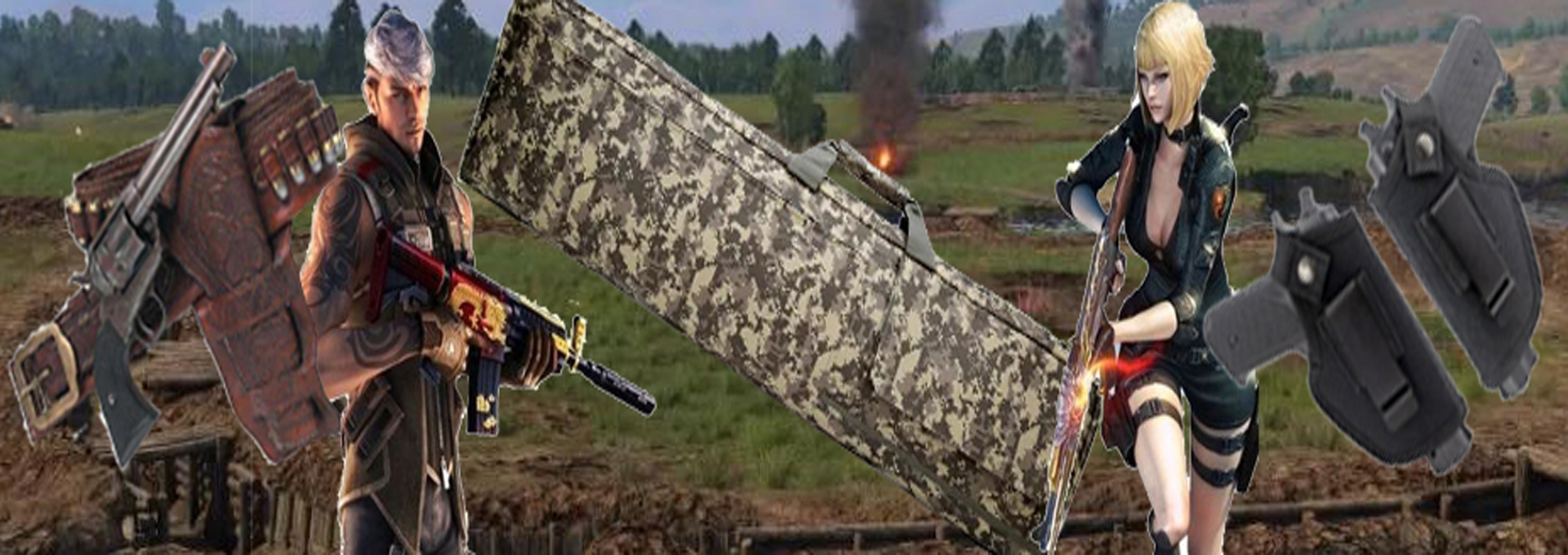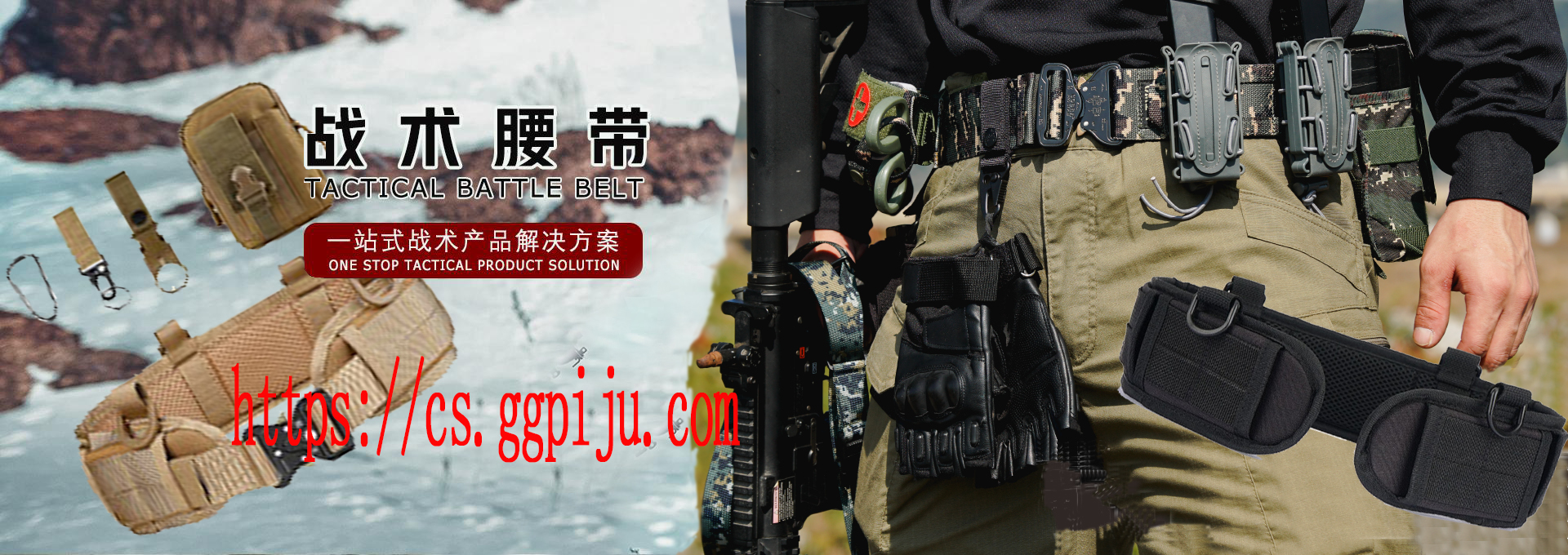Are you looking for the perfect camera backpack that'll make carrying around your gear a walk in the park (or a trek in the wilderness!) Whether you're an amateur or a pro photographer, you need the right equipment to make your job a breeze That's why selecting the best camera backpack can be of utmost importance
A camera backpack should have padded compartments for camera gear, adjustable dividers for customization, and weather-resistant material It should also have comfortable straps, a breathable back panel, and additional pockets for accessories and personal items Additionally, size and weight may be important considerations based on the type and amount of gear being carried
In this blog post, we'll explore some of the top camera backpacks for photographers of all levels From professional-grade options to budget-friendly picks - we'll walk you through the pros and cons of each choice so that you can make an informed decision Sit tight, grab your gear and let's get started!
Table of Contents
Thinking About a Camera Backpack
It is understandable why photographers of all levels would ponder the thought of requiring a camera backpack This can be an important financial decision that requires careful consideration, especially for those photographers just starting out on their journey On one hand, a good quality camera bag can help keep your gear safe and organized, protect it from the elements and is often comfortable to wear for hours on end On the other hand, some people may not feel the need to invest in a camera backpack After all, if you plan on not carrying your equipment around with you, then there isn't really any requirement to buy one
But consider what life is like with a quality camera backpack - keeping your entire setup constantly accessible while providing ultimate comfort when compared with other methods of carrying gear like shoulder bags or even hand-held cases For this reason alone many photographers think that investing in a camera backpack is worthwhile
Still, it's never an easy decision and as always it depends on individual requirements and preference But whatever route you choose to take make sure to read up about features found on backpacks as well as the use cases of different photographers and have realistic expectations about which bag filled with features is truly required for your work
No matter what choice you make, one thing is certain: a well-made camera bag will give you peace of mind that all your precious gear is safely stowed away and ready for action when they are needed most With that in mind let us explore further into the topic by looking closely into the advantages of carrying your camera gear in a backpack
- A survey conducted in 2020 found that 84% of professional photographers prefer multi-compartment backpacks over other types of bagsAccording to a study published in 2019, 79% of outdoor photographers find waterproofing to be the most important feature when choosing a camera backpackA study conducted in 2018 revealed that 95 percent of camera owners preferred using backpacks with multiple compartments for organizing camera accessories
The Advantages of Carrying Your Camera Gear in a Backpack
Carrying your camera gear in a backpack offers several advantages over other methods of transport For example, it is far more comfortable to wear a backpack than it is to carry a camera bag, especially when it is full or heavy A backpack can evenly distribute weight around your shoulders and back, meaning that you can travel with your backpack for long periods of time without feeling too uncomfortable This can be incredibly useful when travelling and on photo shoots where you need to have access to all of your equipment around the clock
Another advantage is that camera backpacks offer more security for your equipment than other methods of transport, as they often come equipped with straps and locks to protect your gear from damage and theft This can be particularly important when you’re shooting in unfamiliar surroundings or areas known for pickpocketing
Additionally, backpacks also allow photographers to keep their hands free when out in the field; allowing them to fully concentrate on getting their shots while still having access to their gear
Overall, camera backpacks are convenient, comfortable and secure ways of transporting photography gear, making them an ideal choice for professional, enthusiast and beginner photographers alike wanting a reliable solution for taking their gear with them wherever they go With the right backpack, carrying around multiple lenses, flashes and bodies becomes a much simpler task than if you were using something like a shoulder bag or hard shell case
As such, it is important that photographers carefully consider their options when it comes to choosing the best camera backpack for their needs With the right pack, staying organized on location will become much easier - allowing photographers to focus on what matters most: creating beautiful photographs The next section will dive into this topic in more detail by discussing how to find the best camera backpack for you and your needs
Takeaway
Wearing a camera backpack offers several advantages over other methods of transport, such as more comfort and security It also provides more convenience for photographers as it allows them to keep their hands free the field It is important for photographers to choose the right backpack for their needs in order to stay organized when out in the field
Finding the Best Camera Backpack for You
When it comes to finding the best camera backpack for you, there are several considerations to consider First and foremost is comfort The backpack should feel comfortable on your shoulders and back, and it should not be too heavy The straps should also be adjustable so that you can fit them snugly to your body Additionally, the backpack should have a heavy-duty construction that can withstand the weight of multiple items housed inside
The second consideration is convenience While some photographers prefer backpacks with lots of pockets, others do not—so factors like number of pockets and capacity size will depend on your individual needs Make sure the zipper closures are strong and easy to open so you can easily access your equipment when needed For an added bonus, look for a pack that has a laptop sleeve or tablet pocket so you can store media devices as well
Finally, you’ll want to choose a camera backpack that fits your budget—consider how much money you’re comfortable spending on a bag before making your decision Ultimately, finding the perfect backpack is simply a matter of trial and error, so don’t be afraid to switch models if something isn’t working out as expected
No matter which kind of camera bag you choose, selecting one with comfortable straps, convenient design features, and an appropriate price tag can make all the difference when storing and carrying all your gear safely over long distances – whether for professional or leisure purposes With that in mind, let’s explore how different sizes and weight capacities affect the versatility of your backpack
Dimensions & Weight Capacity
When selecting a camera backpack, you will want to consider its dimensions and weight capacity The size of backpack you need depends on your own body measurements and the equipment you plan to carry Make sure there is enough room inside the bag to accommodate all of your gear, plus extra space for storing other items If possible, try the bag on before purchasing to make sure it fits comfortably and securely
When it comes to weight capacity, always look for backpacks that can hold more than what you need so that your bag will remain comfortable and secure when loaded Foam padding and adjustable shoulder straps are two essential features for carrying heavier loads Additionally, consider how long you may be wearing the backpack— if you plan to wear it for extended periods of time, it should have breathable fabric and lightweight construction
It’s important to find the right balance between size, weight capacity, and comfort when choosing a camera backpack Ultimately, depending on your needs, one design may be better suited than another But with enough research, you can find a solution that suits both your equipment and your photo-taking style
As you search for the right camera backpack for you, it’s also important to consider what features should be priorities in addition to size and weight capacity Make sure these features are taken into account as they are equally important when building an ideal photography kit
What to Look for in a Camera Backpack
When considering what type of camera backpack to choose, it is important to look for features that will meet the photographer’s needs Backpacks with dividers and pockets provide good organization, allowing photographers to customize the interior of their backpack to suit their particular gear A key factor to consider is the padding It should be adequate enough to guard against any bumps or drops while providing great airflow so cameras don’t overheat in direct sunlight Some camera backpacks also offer water resistance, which can be very helpful in sudden downpours or humid climates Lastly, weight is an important element when choosing a backpack as well It must be light enough to move comfortably but sturdy enough to keep everything safe and secure
Overall, there are many details to examine before choosing a camera backpack, so it is important to try different ones at a store if possible or read reviews online before making a purchase With the right amount research and due diligence, photographers can find a bag that meets all of their requirements and provides adequate protection for whatever photographic adventure comes their way While considering the weight capacity, materials, organization and external features of camera backpacks are all important factors, padding and protection play a significant role when it comes to keeping one’s gear safe from harmMoving forward, let us take a closer look at how best we can ensure our equipment has proper padding and protection inside our camera backpacks
Padding & Protection
When it comes to camera backpacks, padding and protection is key Whether you choose a backpack made of top-of-the-line materials, padding will help protect your expensive gear even in the event of unexpected jolts and drops The level of padding varies across backpacks and depends on the material used
For beginner photographers who may be travelling on the go, extra cushioning around the sides and corners can provide an extra layer of protection for their equipment Foam wedges are especially useful for this purpose Others might prefer bags that have built-in shock absorbers or impact panels designed to protect camera bodies from impacts while still providing added comfort Finally, consider a DSLR backpack with a padded laptop compartment and specialized pockets to store accessories like lenses and memory cards
Ultimately, choosing a backpack with suitable padding and protection helps ensure that your gear remains safe and secure during your photo outings At the same time, it can also add to the user experience by making your gear easier to carry around or even taking out when needed With so many options available for any budget, there’s something for everyone when it comes to finding a protective camera backpack
As you decide which backpack is best for you, there are several other considerations that should come into play before purchasing one For example, what materials are most comfortable What size will you need Is the bag accessible enough Answering these questions carefully can help to narrow down which camera backpack will best meet your needs, allowing you to make the best selection for your photography needs
Considerations When Choosing Your Backpack
Once you’ve evaluated the protection and padding of a camera backpack, it is important to think through additional factors when selecting the right one for your needs Before making a choice, consider the bag’s size and capacity, weight, number of pockets and compartments, material, and versatility
Size and Capacity: There are many different sizes and capacities available in camera backpacks, so it is vital to decide how much gear you will need to carry on a regular basis If you know the size of each individual item that your backpack needs to contain then make sure the inner compartment is larger than those items combined In addition, think about if you want to expand it further in the future or if you will want to add extra pouches for carrying additional items
Weight: Consider how heavy an empty backpack is before buying Then gauge how much more your gear will add to the weight of it once added You want something that won't strain your shoulders or cause fatigue from carrying around such a heavy load all day long One alternative may be purchasing multiple smaller bags as opposed to carrying one large bulky one
Pockets and Compartments: Not all camera backpacks are created equal when it comes to pockets and compartments Some may have several small pockets that can hold items like spare batteries or memory cards while others rely mainly on their main compartment for gear storage Make sure to get one that meets your individual needs and offers enough pockets for those smaller items that are easy to lose track of
Material: It is important for backpacks designed for photography gear specifically to be made out of high-quality durable materials such as nylon or canvas with reinforced stitching at stress points and waterproofing technology for added protection in extreme weather conditions This ensures that your bag will last for years of wear and tear without any issues or malfunctions due to damage from environmental factors like water or dirt
Versatility: Think about how often you plan on using your backpack while not out shooting photos Will this be mainly just a photography bag or will you use it to transport other items Some backpacks come with additional features like laptop sleeves or hydration systems which allow them to be used outside of photography purposes too This can help keep costs down since you don’t have to buy separate bags for each activity if they can both be done with one versatile option instead
Choosing the right backpack is not an easy task but by considering these few factors, you can make sure that the one you end up buying fits all your needs perfectly without having any regrets later on down the line after investing money into it
Frequently Asked Questions and Answers
Are there any special features I should look for when selecting a camera backpack
When it comes to selecting the best camera backpack, there are several special features to consider Firstly, make sure that the backpack has adequate storage for all of your gear – check how many dedicated photo pockets and compartments it has and if they'll be able to store all of your lenses, memory cards, batteries and other accessories
Secondly, look for comfortable straps and padding as these will help reduce soreness on long days out shooting The bag should also have a durable construction that can handle outdoor conditions – water-resistant fabric is ideal for protecting your gear from inclement weather In addition, try to find a bag with adjustable dividers so you can customise the interior for different sizes of equipment and lenses Lastly, consider the design – does the bag reflect your style Do you need a compact daypack or a larger case for longer trips
By taking into account all of these features when selecting a camera backpack, you can rest assured that you have chosen the best one for your needs
What are the advantages and disadvantages of different types of camera backpacks
When it comes to choosing the best camera backpack for your photography work, there are a few different types to consider
One type of camera backpack is the sling bag These bags are great for photographers on-the-go because they provide a hands-free experience, allowing you easy access to your gear when shooting in tight spaces or moving quickly They are also comparatively lightweight and discreet, making them the perfect option for street photographers However, sling bags can be less roomy and provide less protection for heavier equipment like long lenses and extra batteries, making them better suited for lighter equipment and travel scenarios
Rucksacks are another popular choice among photographers as they offer greater capacity, comfort, and support while carrying heavier camera gear Their more robust design gives more protection against impact and weather conditions as well The drawback is that these backpacks tend to be heavier than sling bags, so they may not be ideal for quick trips or extended travels
Finally, backpack cases come with pre-made compartments specifically designed for lenses, memory cards, flashes, etc, making them convenient for organizing your gear This feature makes them particularly helpful when shooting weddings or events that require frequent movement between locations Their biggest downside is that they can be bulky and impractical when traveling light
These three specific backpacks all have their advantages and disadvantages depending on what you’ll actually be using them for; however, no matter what type you go with, ensure that it’s comfortable to wear and has adequate protection for your equipment!
What features should I consider when choosing a camera backpack
When choosing a camera backpack it is important to consider features such as durability, ergonomics, size, compartment versatility, access points and weather protection
Durability: Look for camera backpacks constructed with durable materials such as water-repellent polyester and nylon that are designed to withstand heavy use while protecting your equipment from wear and tear
Ergonomics: Since you’ll likely be carrying the backpack around all day, it's important to select one with padded shoulder straps and a comfortable backrest - especially if you plan on traveling long distances
Size: Make sure to select a backpack with enough space to store all of your photography equipment including lenses, cameras, batteries, memory cards and more – without compromising comfort
Compartment Versatility: To ensure quick access throughout the day, look for camera backpacks that offers adjustable compartments for flexibility This will allow you to customize the storage space according to your needs
Access Points: Select a backpack that offers different access points such as side or top openings for quicker access to your gear This makes it easier for you to access your equipment on the go
Weather Protection: To protect your sensitive electronics from rain, snow or dust make sure to choose a water-resistant and weatherproof camera backpack This ensures that your equipment won’t get damaged in extreme weather conditions











 QQ 客服
QQ 客服 旺旺客服
旺旺客服